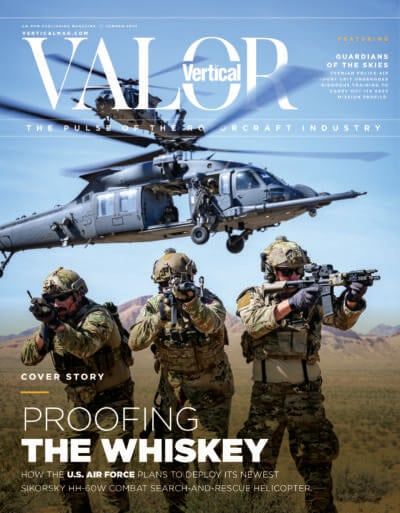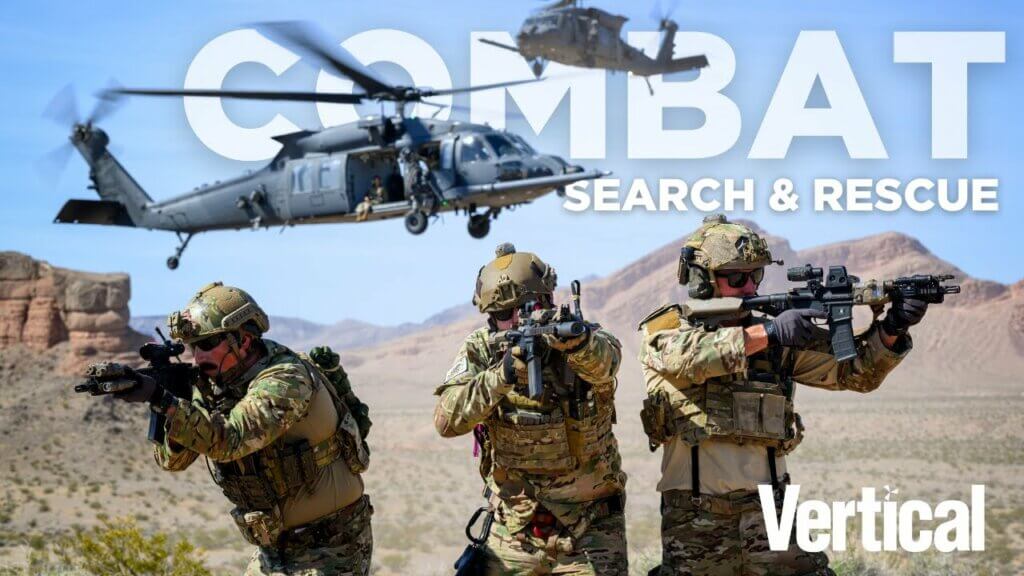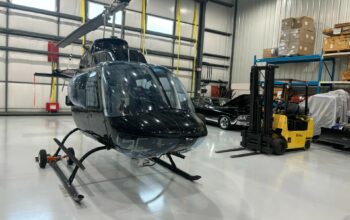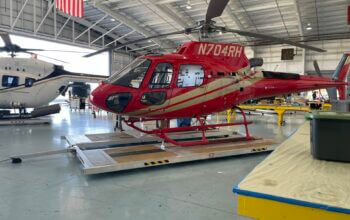This sponsored article was prepared and distributed by Insight magazine, the sponsored content division of MHM Publishing, on behalf of Loft Dynamics.

In the field of aviation training, Loft Dynamics has emerged as a frontrunner. It remains the first and only virtual reality flight simulation training device (FSTD) with regulatory approval from a major aviation authority. In May 2022, the European Union Aviation Safety Agency (EASA) qualified Loft Dynamics as flight training device (FTD) Level 3, marking a major milestone in pilot training. Since then, pilots have been able to complete entire license and operator proficiency checks in Loft Dynamics’ simulator.
Now, Loft Dynamics is unveiling its latest accomplishment. The company is releasing the virtual reality Garmin glass cockpit, bringing even more realism and functionality to its inaugural Airbus H125 simulator.
Ten times more compact and roughly 20 times less expensive than traditional full-motion simulators, Loft Dynamics’ cutting-edge devices rival the in-air training experience. They come equipped with a 360-degree 3D view, which allows for precise visual cues inside and outside the aircraft down to the shadows cast by the sun at a particular time of day. Its six degrees of freedom high-motion platform accurately replicates all haptic sensations experienced flying an aircraft, from the cockpit’s buttons to the skids touching the ground.
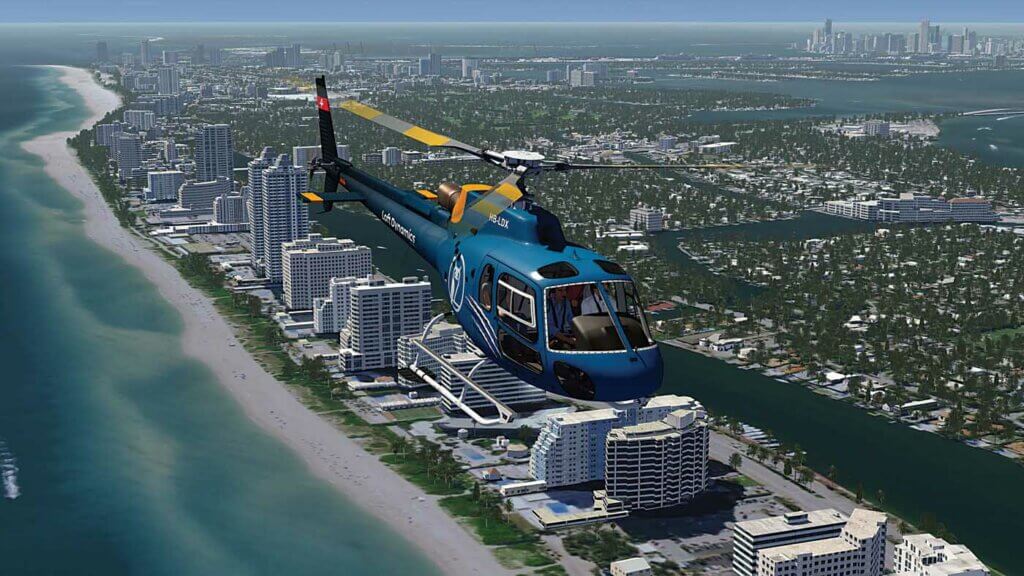
The full-replica cockpit, in combination with Loft Dynamics’ pose tracking system, makes operating the cockpit intuitive. Whether a pilot is training in normal conditions or practicing the most demanding maneuvers, the features of Loft Dynamics simulators provide unparalleled realism without the risks.
Loft Dynamics’ simulators are not only pushing the boundaries of what is possible with pilot training but also proving to regulatory authorities that the safety and accessibility benefits cannot be ignored.
EASA, which follows its Rotorcraft Safety Roadmap, opened the door for more affordable and realistic training and checking on VR simulators.
“Helicopter operators can now execute their mandatory checks under EASA regulation in our simulator from the convenience of their home base. It saves pilots and operators upward of tens of thousands of dollars a year, dramatically cuts down a pilot’s travel time, and increases flight safety,” said Fabi Riesen, founder and CEO of Loft Dynamics.
“EASA’s qualification is a major validator that VR technology is the future of aviation training, and it’s kept us busy. We are constantly looking for ways to increase the accessibility, precision, and flexibility of VR flight training, and building a glass cockpit was the obvious next step for us.”
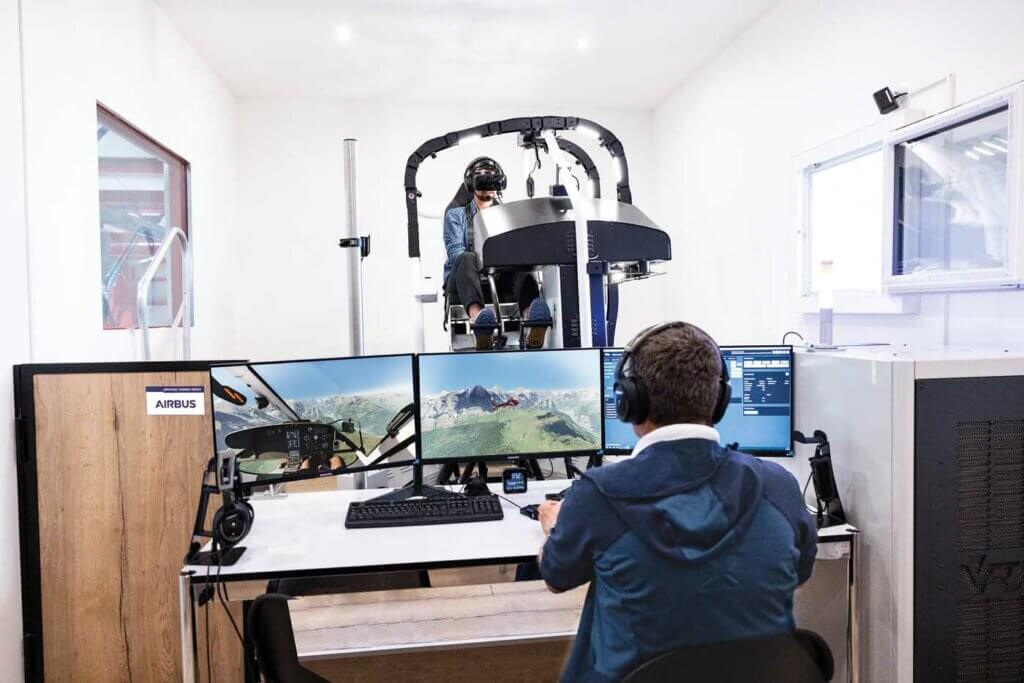
The Federal Aviation Administration (FAA) is the latest aviation organization to take notice. This year, the agency selected Loft Dynamics’ Airbus H125 and Robinson R22 simulators to explore the use of VR flight simulation technology in pilot training. Both simulators have been installed at the William J. Hughes Technical Center (WHTC), the FAA’s innovation hub, where they are being used to advance national aviation safety, efficiency, capacity, and environmental sustainability goals, and to drive the evolution of the National Airspace System (NAS) toward the Next Generation Air Transportation System.
Loft Dynamics’ much-anticipated Airbus H125 simulator will be equipped with a fully functional Garmin avionics suite featuring GTN 650 GPS and G500H TXi primary flight display. Built entirely in-house, the company’s full-replica glass cockpit simulator boasts all of the same features as its Airbus H125 predecessor while dialing up the immersive realism.
“Like the conventional cockpit, flight crews can operate the glass cockpit just as they would in a real helicopter,” Riesen said. “With more and more pilots flying in modern cockpits, it’s critical to deliver solutions at pace with what they want and need to sharpen their skills. Our glass cockpit enhances situational awareness and makes it nearly impossible to tell the difference between in-flight helicopter training and simulator training.”
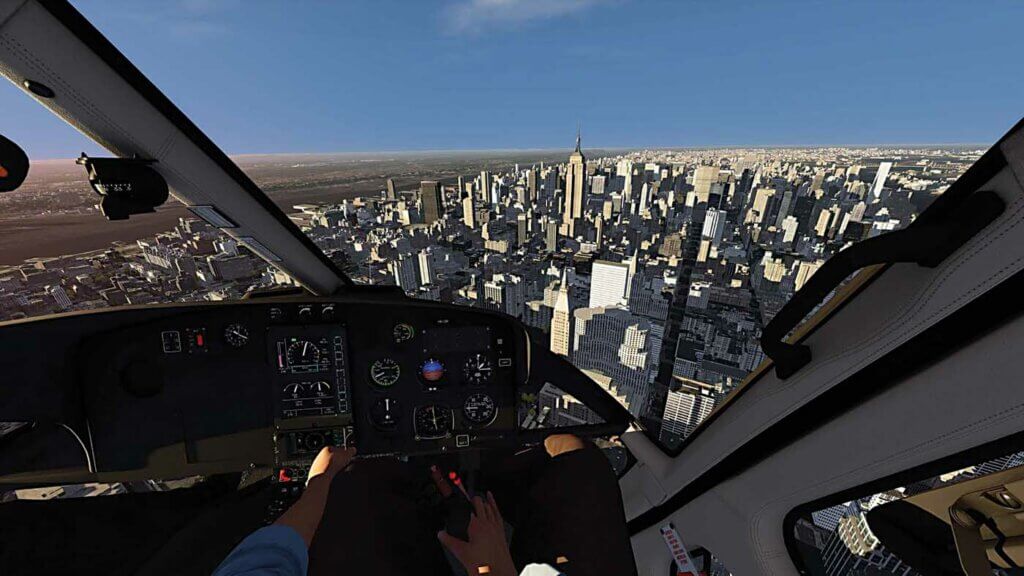
Loft Dynamics has scientific research to show for it. The company conducted a study with the Center of Aviation of the Zurich University of Applied Sciences evaluating the transferability of VR FSTD training to operating a real helicopter. The research showed there was no discrepancy in performance when comparing the two.
“This demonstrates how accurate our devices reflect reality, eliminating the need for pilots to seamlessly adapt to flying the simulator — no matter the stage in their career,” Riesen added. “It’s truly see-it-to-believe technology, and our glass cockpit brings it to an entirely new level.”
While Loft Dynamics has made headlines for its realistic, cost-efficient, and safe training solution, its comprehensive customer service has played a key role in building an expansive and highly engaged client base around the world. Customers include Air Zermatt, Blackcomb Helicopters, Colorado Highland Helicopters, the FAA, Helitrans Norway, Helixcom, and Meravo, Mountainflyers, among others.
“Qualifying an FSTD is complex, time-consuming, and requires specific knowledge. Operating the device also presents challenges. We take those burdens off our customers and enable them to focus on what matters most: operations,” said Jens Westh, Loft Dynamics’ chief operating officer. “We pride ourselves on being an extension of our customers’ team. After all, their success is our success.”

Airbus Helicopters, one of Loft Dynamics’ longtime partners, shows what fruitful collaboration can produce. The company recently doubled down on its partnership with Loft Dynamics by co-developing the Airbus H145 simulator.
To date, Loft Dynamics has 13 training devices qualified under EASA regulations. The company recently announced its expansion into Canada and Italy, partnering with Blackcomb Helicopters and Helixcom. In recent years, the team at Loft Dynamics has already surprised the industry with several world innovations.
“We now have the technology to scale to any flight object like other helicopter models, eVTOLs, and fixed-wing aircraft,” Riesen said.




